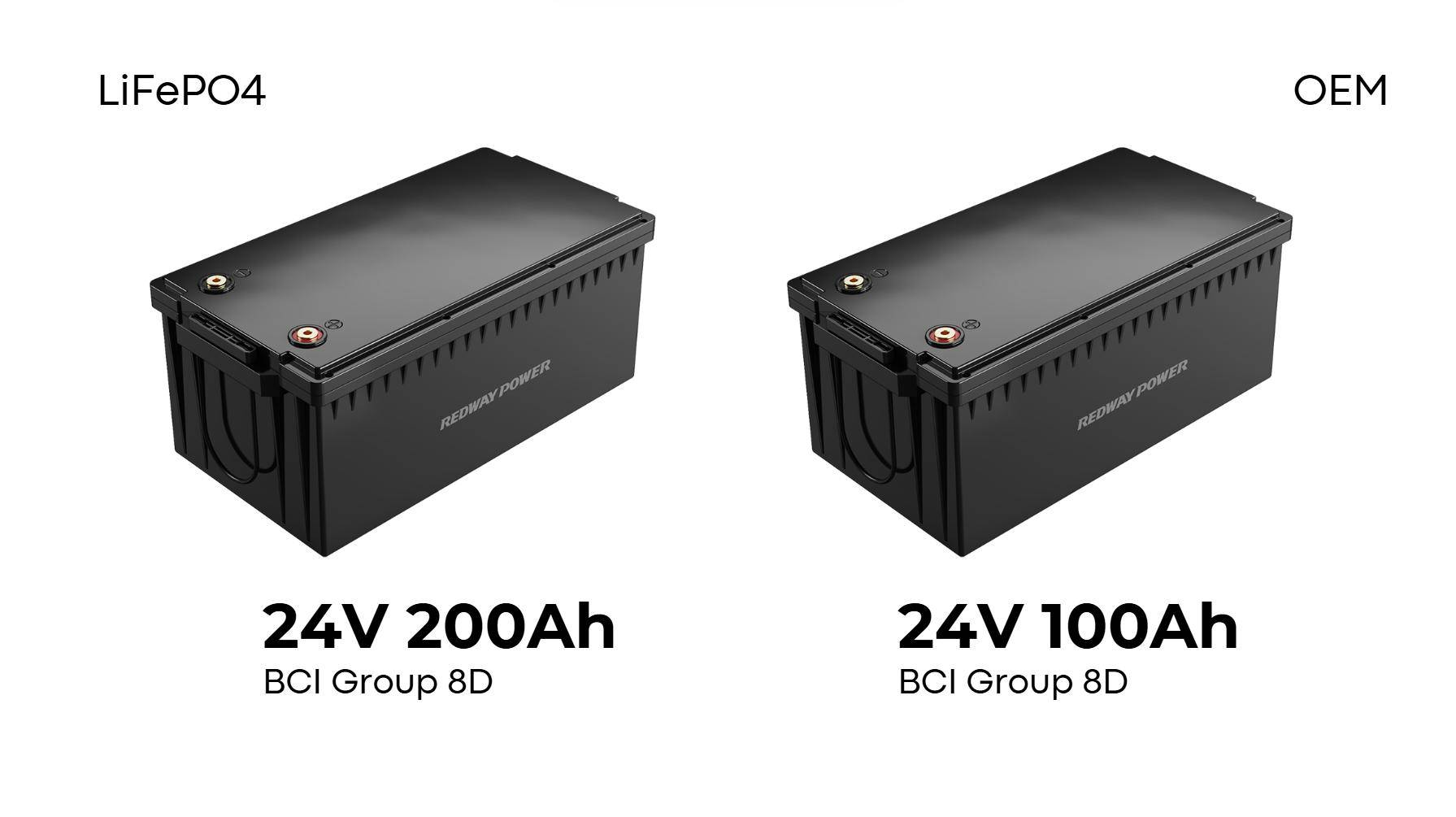
Blog
What Drives Global Demand and Supply in the BCI Battery Market?

The BCI battery market shifted from lead-acid dominance to lithium-ion adoption, fueled by EV demand. Between 2015-2023, lithium-ion’s market share grew from 38% to 61%. Regulatory pressures for emission reductions accelerated R&D in high-density batteries. Emerging markets like India and Brazil saw 12% annual growth in automotive battery replacements, driven by urbanization and ICE vehicle proliferation.
Which Factors Are Accelerating Global BCI Battery Demand?
EV production (14 million units sold in 2023), grid-scale energy storage installations (+200% since 2020), and 5G infrastructure deployment drive demand. Consumer electronics account for 22% of lithium-ion purchases. Government subsidies, like the U.S. Inflation Reduction Act’s $7,500 EV tax credit, further stimulate market expansion. Emerging applications in marine and aerospace sectors compound growth pressures.
The maritime industry’s shift toward hybrid propulsion systems has created new demand for marine-grade BCI batteries, with the global marine battery market projected to reach $1.4 billion by 2027. Aerospace applications are witnessing a 28% annual increase in battery requirements, driven by electric vertical takeoff and landing (eVTOL) prototypes. The table below illustrates sector-specific growth drivers:
| Sector | 2023 Demand (GWh) | 2030 Projection (GWh) |
|---|---|---|
| Automotive | 450 | 1,200 |
| Energy Storage | 180 | 950 |
| Aerospace | 12 | 85 |
What Are the Key Challenges in the BCI Battery Supply Chain?
Cobalt and lithium shortages caused 30% price spikes in 2023. Geopolitical tensions disrupt Chinese graphite exports (65% global supply). Manufacturing bottlenecks limit solid-state battery commercialization. Recycling infrastructure gaps leave 95% of spent batteries unprocessed. Shipping delays from Red Sea conflicts added 18-22 days to EU-bound battery shipments, inflating logistics costs by 40%.
Raw material procurement challenges have forced manufacturers to develop alternative chemistries. Nickel-manganese-cobalt (NMC) formulations are being replaced by lithium iron phosphate (LFP) batteries in 68% of new energy storage projects. The industry faces a critical shortage of battery-grade lithium hydroxide, with current production capacities meeting only 73% of global demand. The following table shows key material supply constraints:
| Material | 2023 Deficit | Primary Sources |
|---|---|---|
| Lithium | 42,000 tons | Chile, Australia |
| Cobalt | 15,000 tons | DR Congo |
| Graphite | 210,000 tons | China, Mozambique |
“The battery industry’s next decade hinges on decoupling energy density gains from scarce minerals,” says Dr. Elena Varga, MIT Energy Initiative. “Our work on lignin-based anodes shows promise for replacing graphite. However, manufacturers must collaborate with mining firms to secure ethical supply chains. The real bottleneck isn’t technology—it’s creating circular economies at speed.”
FAQ
- What battery chemistry dominates the EV market?
- Lithium iron phosphate (LFP) batteries now power 58% of global EVs due to cobalt-free designs and thermal stability, surpassing NMC chemistries in 2023.
- How long do BCI batteries typically last?
- Automotive lithium-ion batteries average 8-12 years or 100,000-200,000 miles. Stationary storage systems last 15-20 years with proper thermal management.
- Which country leads in battery recycling?
- South Korea recycles 97% of portable batteries through strict EPR laws. The EU’s new 70% recycling mandate takes effect in 2025.
Know more:
What Are the Key BCI Battery Industry Trends Shaping 2025?
Latest Breakthroughs in BCI Battery Technology
What Drives Global Demand and Supply in the BCI Battery Market?
What Were the Key Highlights of the 2025 BCI Battery Exhibition in Birmingham
What Are the Most Impactful BCI Battery Customer Success Stories
How to Download the BCI Battery White Paper: Industry Insights and Resources



